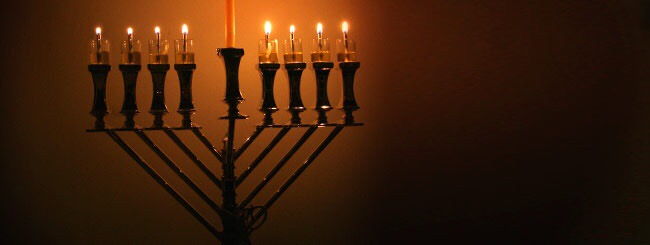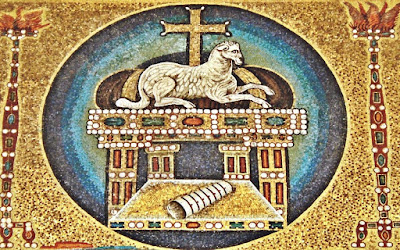I recently posted about the first verses of Revelation 14, exploring how we might interpret some of those words and ideas. I picked this chapter as a starter because, as we saw last time, Chapter 14 has been called “the play within the play”. Chapter 14 sits at the heart of The Apocalypse revealing the victory of the Lamb.
Throughout The Apocalypse, of course, Jesus is fully and finally revealed as gaining and holding power in a unique way – through witness, service and sacrifice. Remember that John’s intent in writing the Apocalypse is to re-assure, re-imagine and re-invigorate the faith and hope of Christians living in the Roman empire. He calls them back to the different Kingdom of which they are a part as he recognised how easy it was for them to be seduced by their imperial surroundings. Don’t we sometimes need the same reminder?
Poet that he is, John reconfigures, re-develops and re-characterises Jesus’ authority as rooted in his sacrificial witness by using the shocking image of a slaughtered lamb. Pastor that he is, he demonstrates the fulfilment of the promise of Hebrews 12 for the church by describing the similarly faithful and martyred witnesses on Mount Zion. He sets before his readers and listeners the true picture of where they are positioned. Theologian that he is[1], John positions the martyred witnesses within the throne room of God, surrounded by attributes of heavenly authority, firmly establishing the victory of the Lamb after the ‘messianic war’ mentioned in Revelation 13.
This is the hope he sets before the church of his day and ours. In his vision, the martyrs’ victory materialises through the witness of 144,000, faithful under empire. John uses poetic language and imagery to help his churches – and ours – visualise the heavenly reality he has seen: the sacrifice of a slaughtered lamb at the Passover (Ex 12.6); a Witness who lays down his life; analogies in the Old Testament (Ps 23; Ps 28.9; Ps 80.1; Isaiah 40.11); a Shepherd identity (Jn 21.1) and Jesus’ many parables on shepherding – Luke 15.4; Jn 10; Jn 10.14; 1 Pet 5.4; 1 Pet 2.25.
I find the most profound description of the slaughtered lamb is in Acts 8.32-3 (taken from Is 53.7,8). The words reverberate through history, ‘He was led like a sheep to the slaughter, and as a lamb before its shearer is silent, so he did not open his mouth. In his humiliation, he was deprived of justice.’
When we read (or hear) in Revelation 14.1 that John sees a Lamb on the heavenly Mount Zion, it could be a surprise because the emphasis in the Old Testaments is on language depicting Jesus as the Lion of Judah. That’s not surprising and it’s not wrong. But it doesn’t express the fullness of his identity. And sadly, the lion image has often been misinterpreted by earthly powers. Nevertheless, Lamb power is how the victory has been won. Michael J Gorman avers 2] that within such Lamb power,[3] there is NO competition between the Lamb and the Lion. Rather, ‘the Lion reigns as the Lamb not in spite of it. God rules through the Lamb, not in spite of it’.
John extends the lamb imagery to include the faithful, demonstrating that ‘Lamb power’ is also found in the church’s witness, service and martyrdom. John, lifted into heaven (Rev 4.1-2), recognised Jesus for who he truly is – the original witness (Rev 5.6; Rev 14.1). He also recognised that the Father also identifies the 144,000 that way, perceiving us through that same lens – Jesus.
How encouraging and affirming is that for us today?
[1] As ‘poet, pastor and theologian’ is how Peterson describes John’s literary approach (Peterson Eugene H, Reversed Thunder (1988) pp3-8)
[2] Gorman, M J, Reading Revelation Responsibly (2011) p139
[3] Ibid.





